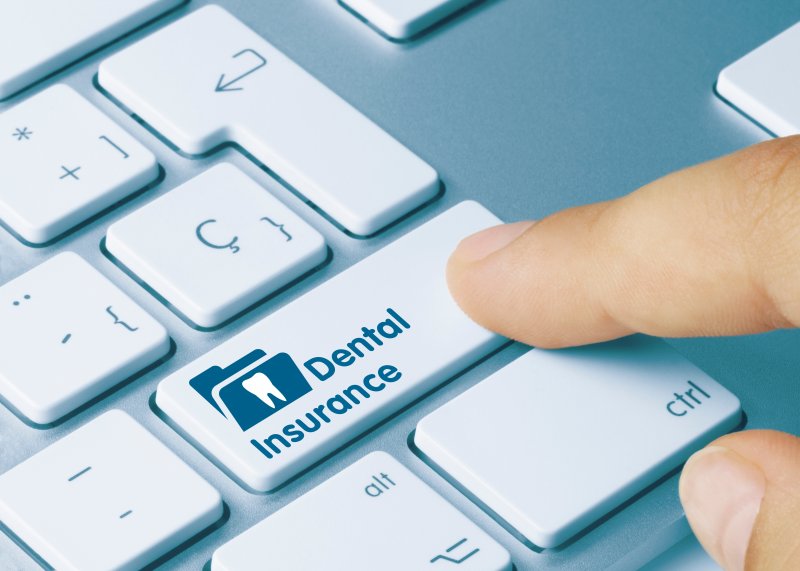
Dental insurance confusion is real; it affects millions of individuals who simply want the reassurance of knowing they are covered when it really counts. While dental care prices continue to rise, your plan’s annual maximum remains the same. How can you expect to afford the oral healthcare you need when your out-of-pocket costs continue to drain your wallet? Read on to learn the truth about dental insurance and how alternative financing options can help alleviate the financial burden.
Does Dental Insurance Work?
In most cases, yes, dental insurance remains a worthwhile investment if you work with your oral healthcare team to maximize your available benefits. However, many individuals struggle to agree.
Even without inflation, insurance companies end up pocketing hundreds or thousands of dollars each year because of unused funds. This is especially true when you only see your dentist every six months for dental checkups and cleanings.
If you require more complex dental care, the annual maximum set by your insurer may not cover the full amount, leaving you to pay the rest out of pocket. As a result, this attempt to help you “save” can leave you undecided as to whether you can afford to move forward with treatment. If you don’t, you risk further decline of your oral health, which can result in costlier visits and services.
What can you do?
Do Other Payment Options Exist?
While most dental practices willingly accept cash, check, or credit card, these are typically not the methods of payment patients want to use when paying for treatment. Here’s the truth:
Dental insurance is still a beneficial way to lower your out-of-pocket expenses. Even if it does not cover the full amount of your dental crown, root canal, or tooth extraction, it helps decrease the total you’re required to pay.
If this number is still too high, your dentist may offer alternative options, so you never feel as if you must choose whether to proceed with necessary dental care. These include:
- In-House Membership Plan: If you do not have dental insurance, you can enroll in your dentist’s in-house membership plan. Paying one low annual fee covers preventive services, such as two dental checkups and cleanings each year, X-rays, and oral cancer screenings. If a problem develops, such as a cavity, infection, or damage, many plans offer a discount on available treatment options. This allows you to pay for only what you need.
- Flexible Financing: Whether you have dental insurance or not, flexible financing through third-party companies like CareCredit and Lending Club is readily available. If you are eligible, you can enroll in a low- or no-interest payment plan that allows you to break up the cost of your care. Instead of being burdened with the idea of paying the full amount upfront, you can make a more manageable monthly payment that better aligns with your budget.
So, what does it all mean?
Investing in dental insurance is still a worthwhile pursuit – one that will serve you well as long as you use it to your advantage. However, if you choose not to enroll, there are available programs that can alleviate the financial burden. Don’t neglect your oral health because you think you have no options. Talk to your dentist about what you need so that you, too, can enjoy the benefits of a healthier smile.
About the Author
Dr. Clarine Green Hightower attended Howard University College of Dentistry before completing an Advanced General Residency. She and the team at Ambiance Dental Spa understand the financial concerns many patients have when it comes to oral healthcare. This is why she not only welcomes and is in-network with many PPO dental insurance plans but also provides an in-house membership plan and partners with third-party financiers like CareCredit and Lending Club. If you are worried you may be unable to pay for necessary dental care, contact us at (301) 262-2624.
